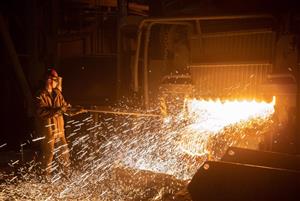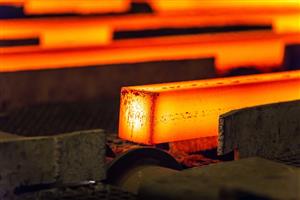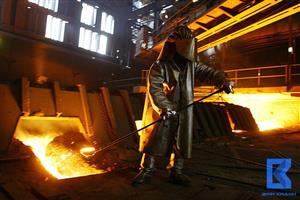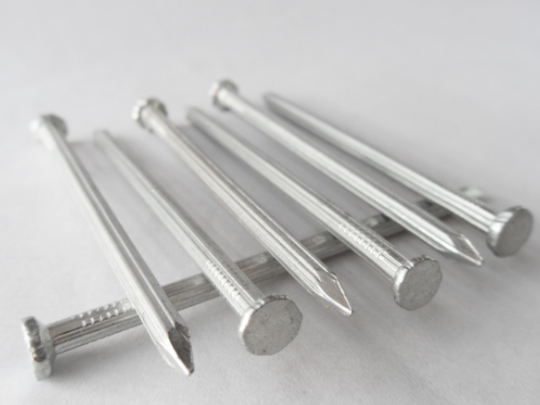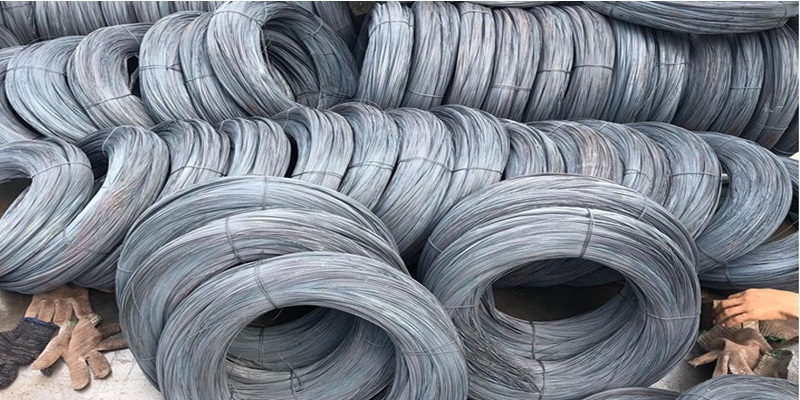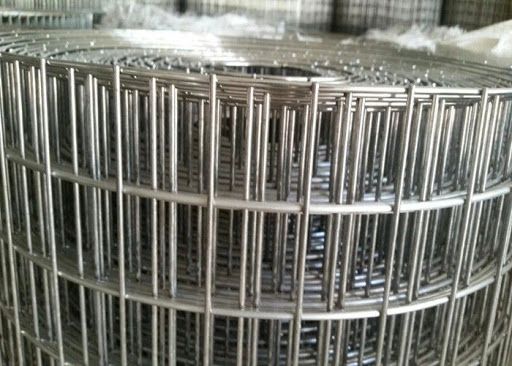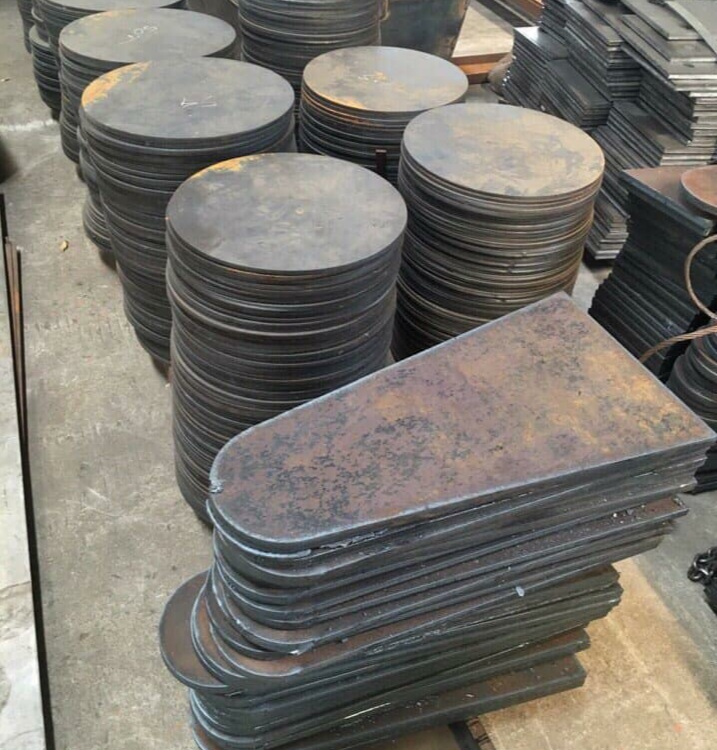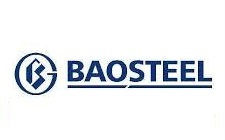IRON
Iron is known to be a hard gray metal and is heavier than any other element found on Earth until now. Through a process, impurities or slag are removed from the iron metal, which is then turned into a steel alloy. Through this we confirm that steel is an alloy and iron is an element. Iron always exists in its natural form and steel must be tempered to get it.
Iron ores can be found in rocks. Then bring these iron ores to smelt to form pure iron. People use machines to make these iron ingots into many different materials.
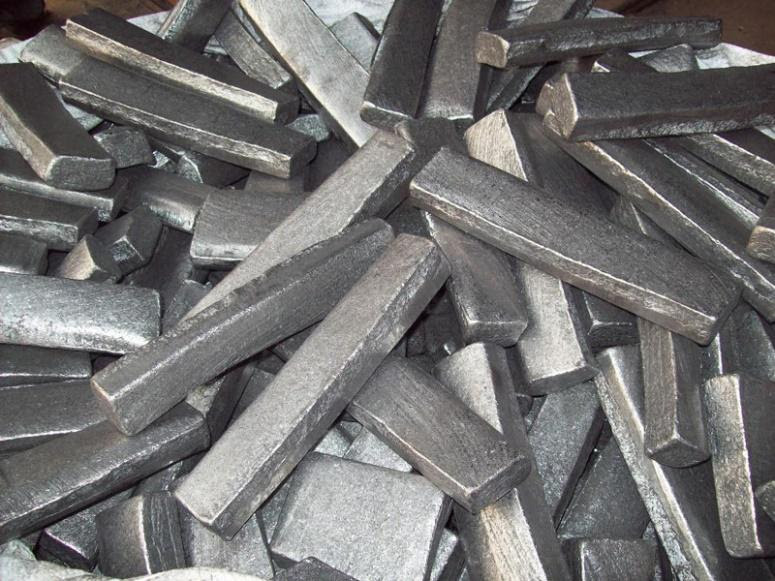
STEEL
Steel is an alloy consisting of iron and carbon. One only needs to add other metals to steel to produce alloys with different properties according to the intended use.
When chromium is added to iron, a stainless steel is obtained that is durable and does not rust easily. In the construction industry in particular, steel is used on a large scale and is important for each project. The main reason is that steel is stronger than iron metal, and at the same time, steel has much better tension, tension and compression.
The next difference can be seen through the percentage of carbon. In iron metal contains less than 2% carbon and then it is called steel. As for the percentage that is more than 2% carbon is called cast iron.

The difference between Iron and Steel in properties
If only looking at the appearance of the product, it will be difficult for average people to distinguish between iron and steel. Compared to physical and chemical properties, the difference between iron and steel is very clear.
Stiffness
Steel can completely replace iron in the construction of houses, apartments, railways and many other works. Steel is usually lighter than iron. The ability of iron to bend, deform and warp over time is greater.
Cast iron is a highly brittle material and is therefore not suitable for the construction of buildings or other applications. Besides, cast iron is also very difficult to form thin wires without losing toughness. Today, cast iron is mainly used to make cooking tools and a few related tools.
Corrosive properties.
Corrosion is an oxidation process when these materials are exposed to the environment. Oxidation causes metals to rust, corrode and turn orange. This is a physical property that clearly differentiates iron and steel.
Both iron and steel are not immune to environmental corrosion. However, steel is less likely to corrode and it is less porous. Specifically, people have made stainless steel to avoid materials experiencing this phenomenon. In addition, during use, people also paint a coating on the outer surface of iron and steel to resist oxidation.
Reliability
The texture of steel resists the elements better than iron. Compared to iron, steel can handle more from fire and other strong forces. As well as better when left out in the rain. Because iron is more porous, leaving it out in the environment will cause it to rust, corrode as well as be affected by mold. Strength, crushing, rotting or wrapping is the answer to the reason, as in steel is used more widely than iron.
Sustainability
Both iron and steel are considered highly durable. You can both melt and melt these two materials to create new items. No materials lose their durability when they are recycled over and over again.
However, steel is considered a more environmentally friendly material. Due to the pre-recycling process, it will take more energy than steel.
Flexibility
You can bend and shape the steel however you need and even create hollow bars.
Ordinary pure iron is very soft. So it is necessary to mix iron with carbon or some other alloy to create an alloy, which gives it more strength. Pure iron is suitable for casting and forging ornate materials, but it is not useful in construction.
 English
English  Vietnamese
Vietnamese



.jpg)
.jpg)

w300.jpg)
